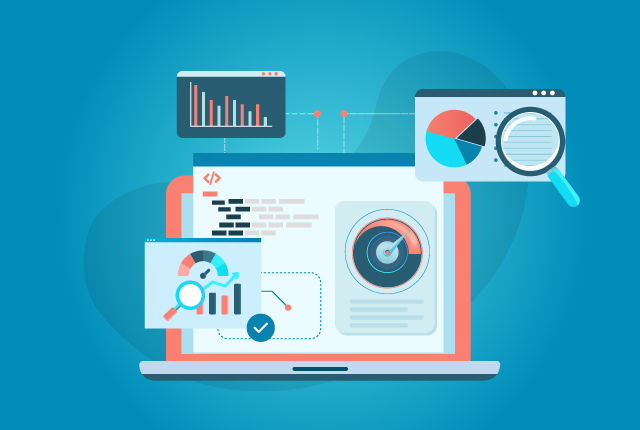Explore four effective strategies to optimize BI testing. Enhance accuracy in data validation, streamline testing, verify reports, and assess performance to ensure your business intelligence systems deliver reliable insights for informed decision-making.
QASource Blog
In our blog, we take a deep dive into the latest QA strategies, methodologies, and industry best practices driving the world of quality assurance. Follow our blog to get new ideas as to how to effectively deliver high-quality, bug-free software products, websites, and applications, while keeping costs low.

QASource Engineering Team
Recent Posts
Postponing AI integration in software testing can trigger a snowball effect of rising costs, inefficiencies, and missed innovation. In 2025, avoiding AI may slow test cycles, reduce accuracy, and leave businesses behind more agile, AI-ready competitors.
Testing banking applications demands precision, security, and compliance. From validating complex workflows to ensuring data protection, software testing must cover every critical aspect. QASource shares 10 expert tips to enhance test coverage, meet regulatory standards, and deliver reliable digital banking experiences.
QASource explores AI-powered test automation strategies that help reduce script maintenance by up to 70%. With intelligent algorithms, test suites become adaptive and resilient. This enhances efficiency while minimizing manual updates and test failures.
In 2025, global data creation is projected to reach 181 zettabytes, a significant increase from 120 zettabytes in 2023. This exponential growth underscores the critical role of ETL (Extract, Transform, and Load) processes in managing and integrating data from diverse sources. ETL testing ensures that this vast data remains accurate, consistent, and reliable, essential for effective decision-making.
Ensure your agile test strategy drives real business value by aligning it with core goals. Learn how to connect testing efforts with measurable outcomes, enhance team collaboration, and prioritize features that matter in this practical guide by QASource.
Explore how engineering and QA leaders can uphold data privacy in AI testing. Gain insights into compliance strategies, risk mitigation, and secure data handling. This guide highlights practical steps to ensure ethical and privacy-focused AI validation.
Master modern API testing strategies with this detailed guide from QASource. Discover top tools, automation practices, and validation techniques that match evolving tech trends. Ensure seamless integrations and maintain high software quality standards.
Explore essential tools, proven practices, and pressing challenges shaping IoT testing in 2025. Learn how QASource helps ensure reliable performance, security, and scalability for IoT devices through advanced testing strategies tailored for modern ecosystems.
Written by QA Experts
QASource Blog, for executives and engineers, shares QA strategies, methodologies, and new ideas to inform and help effectively deliver quality products, websites and applications.
Categories
Authors
Our bloggers are the test management experts at QASource. They are executives, QA managers, team leads, and testing practitioners. Their combined experience exceeds 100 years and they know how to optimize QA efforts in a variety of industries, domains, tools, and technologies.








